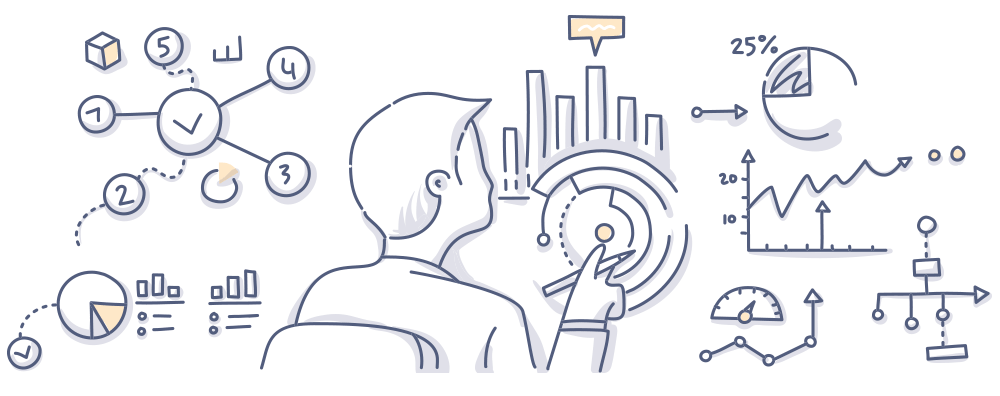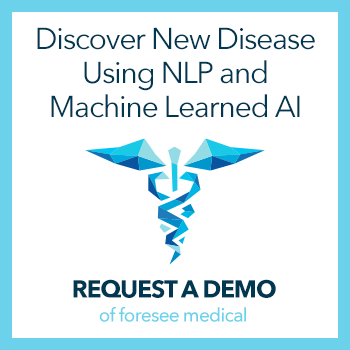Clinical decision support
The purpose of a clinical decision support system (CDSS) is to improve healthcare delivery by enhancing medical decisions with focused clinical knowledge, health data, and other patient information. Traditional clinical decision support (CDS) consists of clinical decision support tools designed to aid clinical decision making, in which the conditions of an individual patient are processed against a digital clinical knowledge base and recommendations, specific to the patient, are then given to the clinician for review.
Clinical decision support is defined as any health information system, workflow, or process that delivers:
the right information (evidence-based guidance, response to clinical need)
to the right people (entire care team – including the patient)
through the right channels (EHR, mobile device, patient portal)
in the right intervention formats (order sets, flow-sheets, dashboards)
at the right points in workflow (for decision making)
Computer-based clinical decision support tools can be documented as far back as the 1970s. During that time, system integration was poor, they were time consuming and often limited to only academic undertakings. There were also ethical and legal issues around the use of computer technology in medicine and who would be at fault when using the suggestion of a flawed clinical decision support system.
Clinical decision support examples today are quickly becoming essential tools for healthcare providers as the sheer volume of available data increases with their responsibility to deliver value-based care. Clinical decision support software is primarily used at the point-of-care, for the clinician to combine their own knowledge with the suggestions provided by the clinical decision support tools. Increasingly however, there are clinical decision support system examples available today, with the capability to leverage data and observations otherwise unprocessable.
Reducing clinical bottlenecks, ensuring patient safety, and avoiding complications from expensive hospital readmissions are of the utmost importance for providers in today’s reimbursement and regulatory environment. Utilizing the insights gained from big data healthcare analytics is essential for fulfilling these obligations. Clinical decision support tools are designed to help process the enormous amounts of patient data and suggest next steps for care plans, alert providers to points they may not have seen, or identify potential issues before they happen, such as medication allergies.
Most providers would agree, the amount of information available today is getting so untenable that it’s unreasonable to expect the average clinician to integrate all of it into their decision making effectively. If providers want to ensure every patient gets the best care possible, they must make sure, or at least be open to the idea of, being assisted by technology.
Clinical decision support software is often integrated into an EHR system to streamline workflows and take advantage of existing data sets. It can be administered through just about any device including desktops, tablets and smartphones, but also other devices like wearable technology.
The benefits of clinical decision support systems are far-reaching but many clinical decision support software developers face significant challenges when it comes to creating intuitive, user-friendly, and effective platforms for alerts and decision making interfaces. Alert fatigue and clinical burnout are common side effects of clinical documentation improvement software that has been poorly designed, overwhelming users with unimportant information or frustrating workflow interruptions that require extra effort to correct.
Given the common occurrence of diagnostic errors, commonly seen in clinical settings, there is a lot of hope for clinical decision support tools and the use of artificial intelligence in healthcare to bring improvements to diagnosis using medical machine learning and NLP technology, which may break the ground for more accurate diagnosis. Some clinical decision software programs today can use specialized medical algorithms to suggest a list of diagnostics codes to aid physicians in selecting the most appropriate one(s), while offering evidence back to the patient chart to support the suggestion.
Clinical decision support is an important component of health information technology that continues to gain widespread acceptance. When properly designed clinical decision support tools are applied correctly, it has the potential to dramatically increase quality of care with more complete diagnosis, less errors, reduced costs, and improved satisfaction between patients and providers.
ForeSee Medical’s risk adjustment software works where you need it, at the point of care. Our disease detection algorithms and machine learned natural language processing rationalize your patient data across the healthcare system. It's simple, using artificial intelligence (AI) we discover diseases from text notes and EHR data you already have. Then, we empower you with insightful HCC clinical decision support integrated seamlessly with your EHR.


